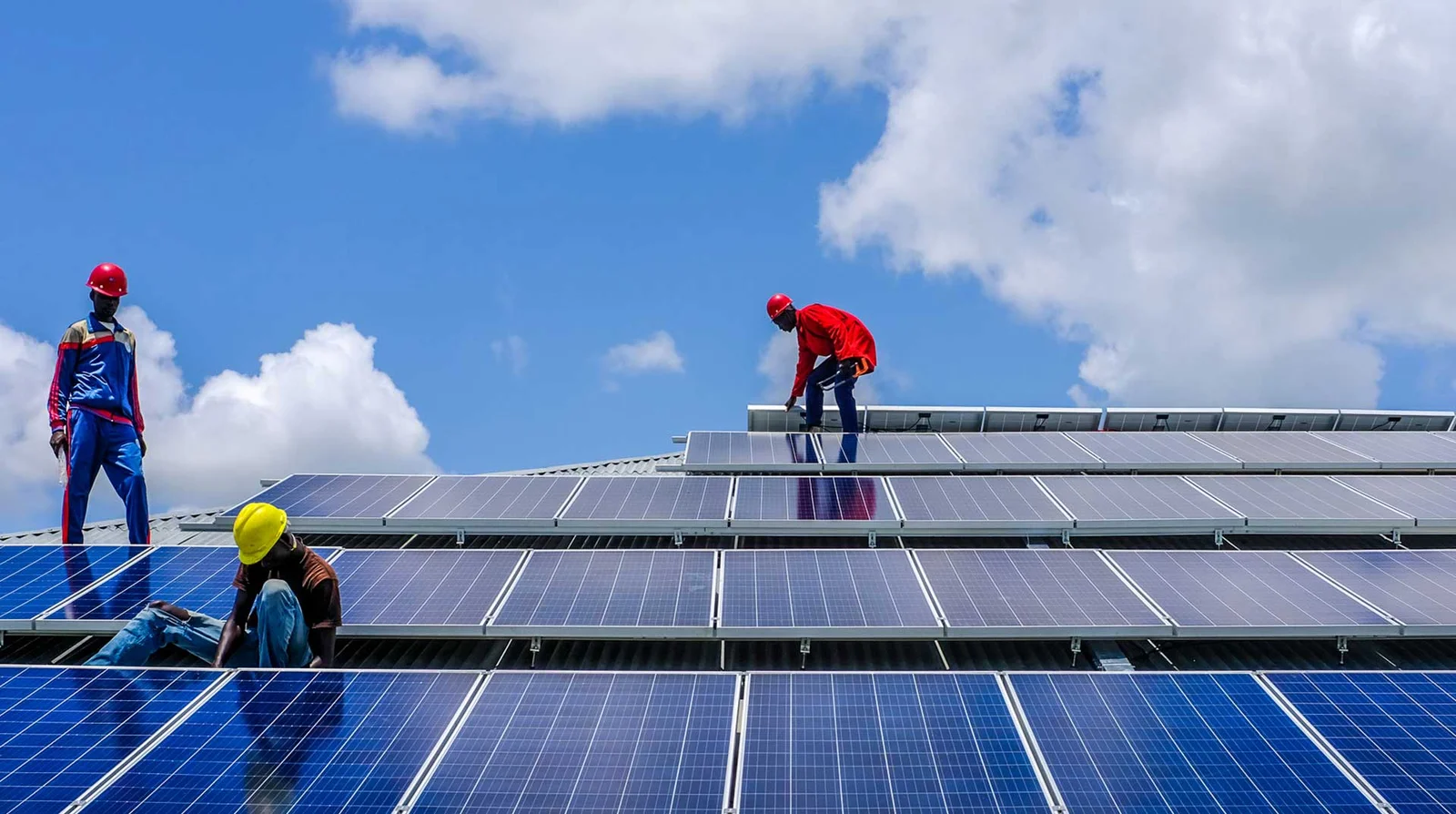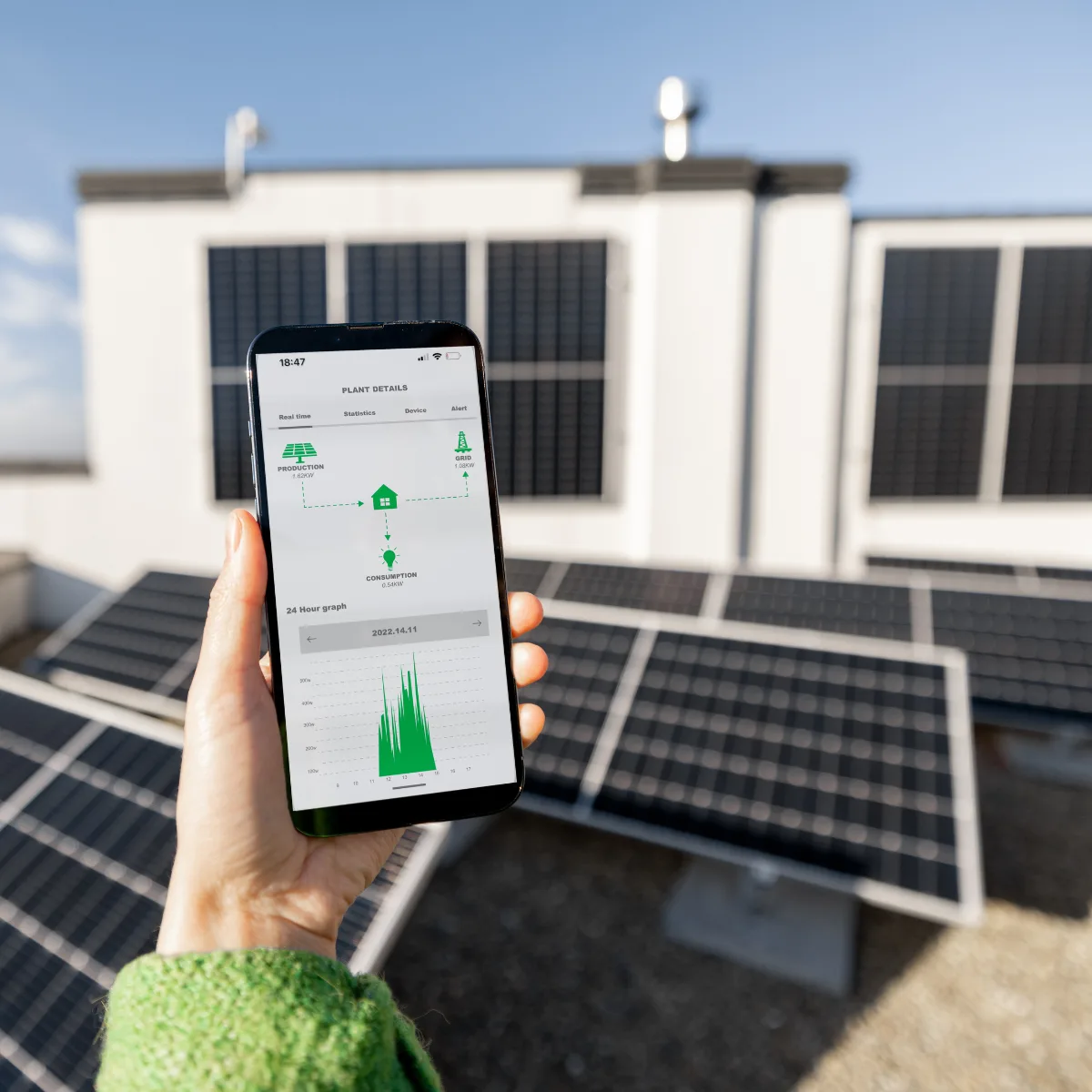Solar energy is a long-term investment, and like any investment, you want to ensure it's performing at its best. That’s where performance monitoring systems come in. These systems give you real-time insights into how well your solar panel system is operating, helping you identify issues, optimize output, and maximize your return on investment.
Solar energy is a long-term investment, and like any investment, you want to ensure it's performing at its best. That’s where performance monitoring systems come in. These systems give you real-time insights into how well your solar panel system is operating, helping you identify issues, optimize output, and maximize your return on investment. In this blog, we’ll explain what solar performance monitoring systems are, how they work, and why they’re essential for every solar panel owner.


A performance monitoring system is a tool—either hardware, software, or both—that tracks the energy production and efficiency of your solar panels. These systems collect data from the solar inverter or each individual panel and display it on a web-based portal or mobile app.
With performance monitoring, you can:
There are two main types of monitoring systems:
Most solar inverters come with built-in monitoring capabilities. These provide system-wide performance data and are usually accessed through the manufacturer’s online platform or mobile app.
Popular brands include:
Advanced systems offer panel-by-panel monitoring. This allows you to pinpoint issues with individual modules, such as shading, dirt, or defects.
Benefits:
Get updates every few minutes or hours to see how your system is performing throughout the day.
Review past data to identify trends, seasonal changes, and system degradation over time.
Automated alerts via email or push notifications if the system detects errors, shutdowns, or abnormal performance.
Monitor your system anytime, anywhere with a user-friendly mobile application.
Some systems compare your panel output against local weather data to estimate expected production.
Regular monitoring helps ensure your system is working at peak performance and allows quick action if something’s wrong.
Monitoring lets you catch small issues (like a disconnected panel or inverter failure) before they lead to energy losses or costly repairs.
See exactly how much solar energy you’re producing and saving, helping justify your investment and spot potential issues.
Troubleshooting becomes much easier when you can see which panel or component isn’t working as expected.

A solar performance monitoring system is like the dashboard of your car—it keeps you informed, helps you stay on track, and warns you when something’s not right. Whether you're a homeowner looking to optimize your savings or a business managing multiple installations, performance monitoring is essential. If your system doesn’t currently include monitoring—or if your existing setup lacks detailed data—talk to your solar provider about upgrading. The insights you gain will empower you to get the most out of your solar energy investment.